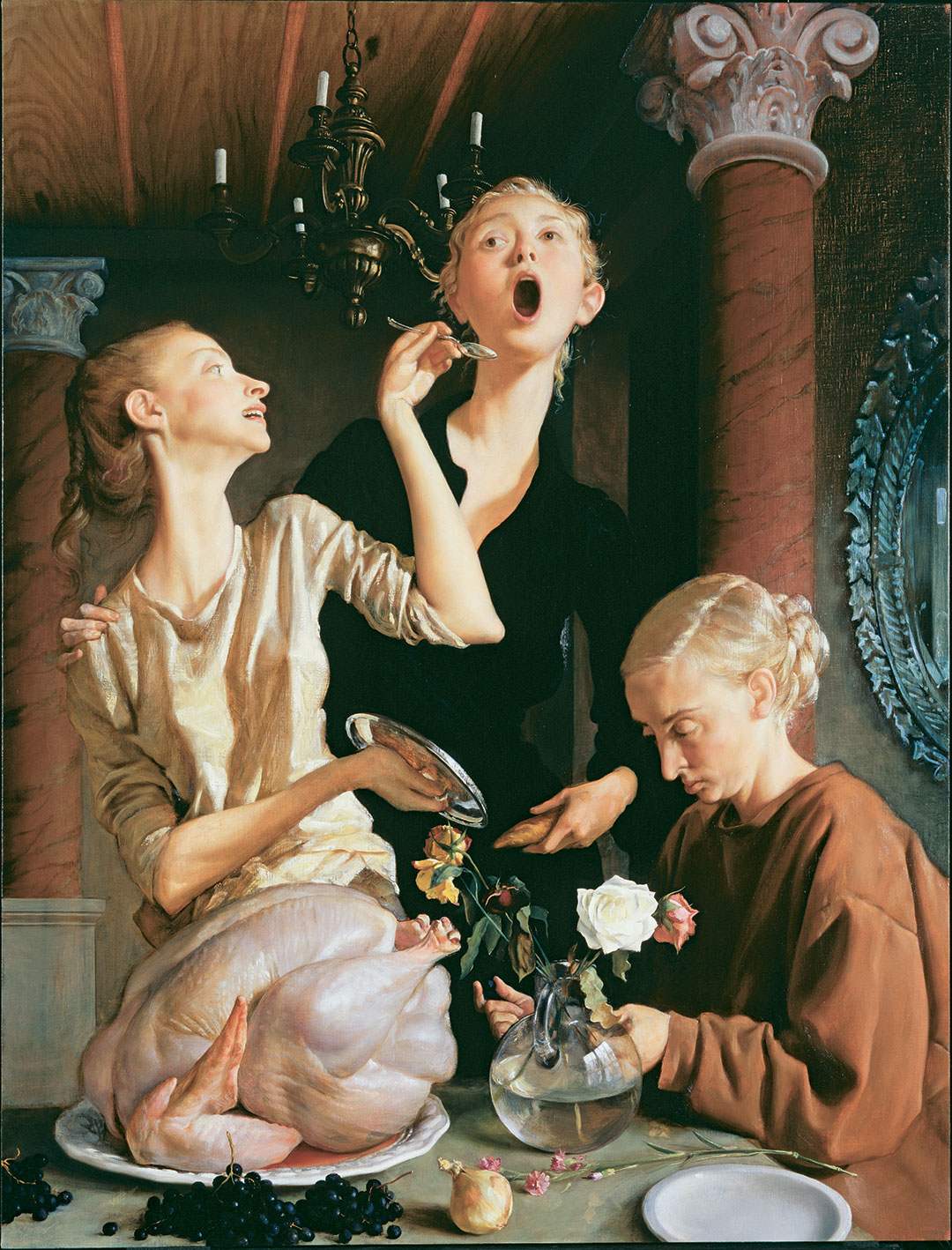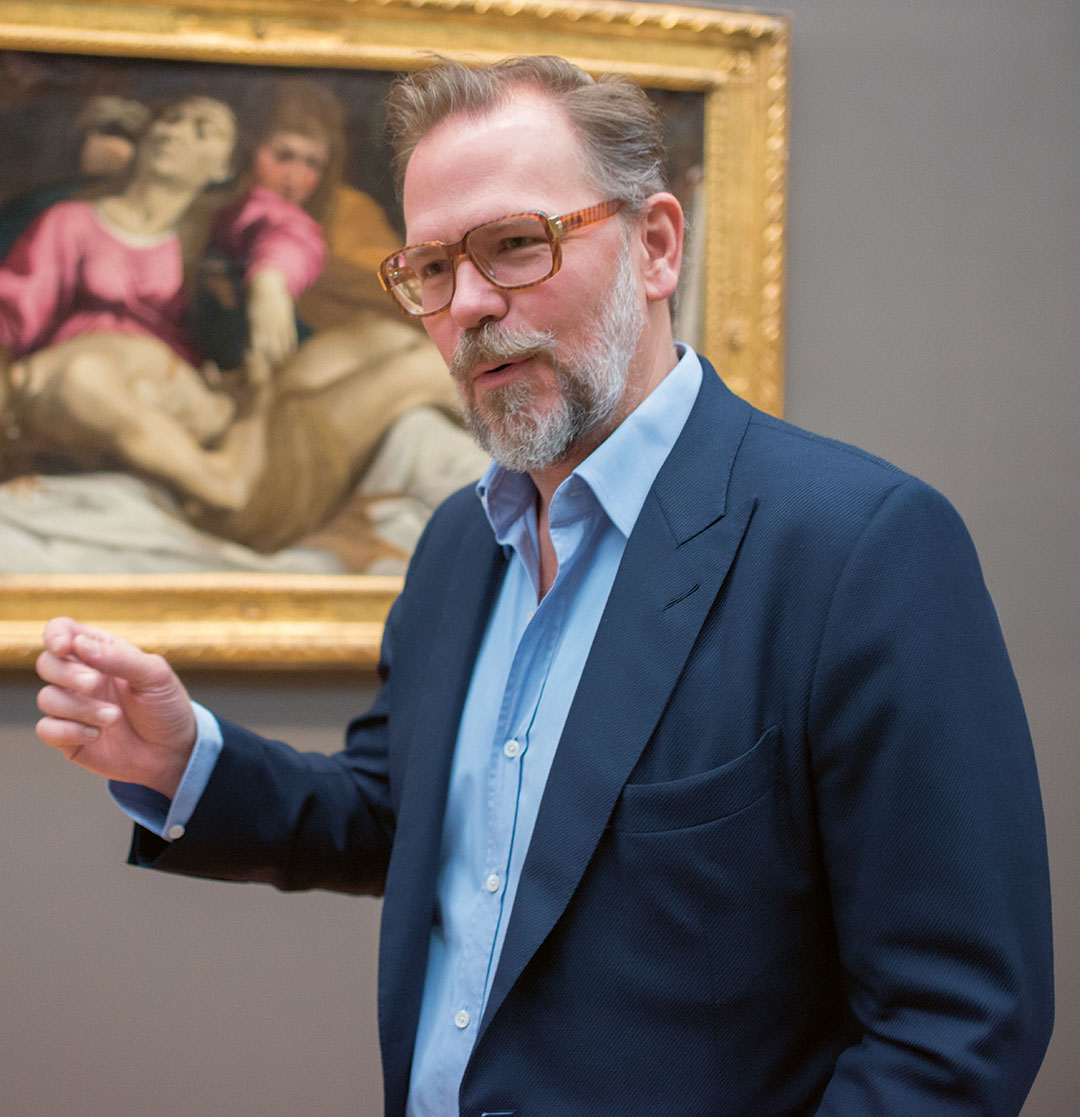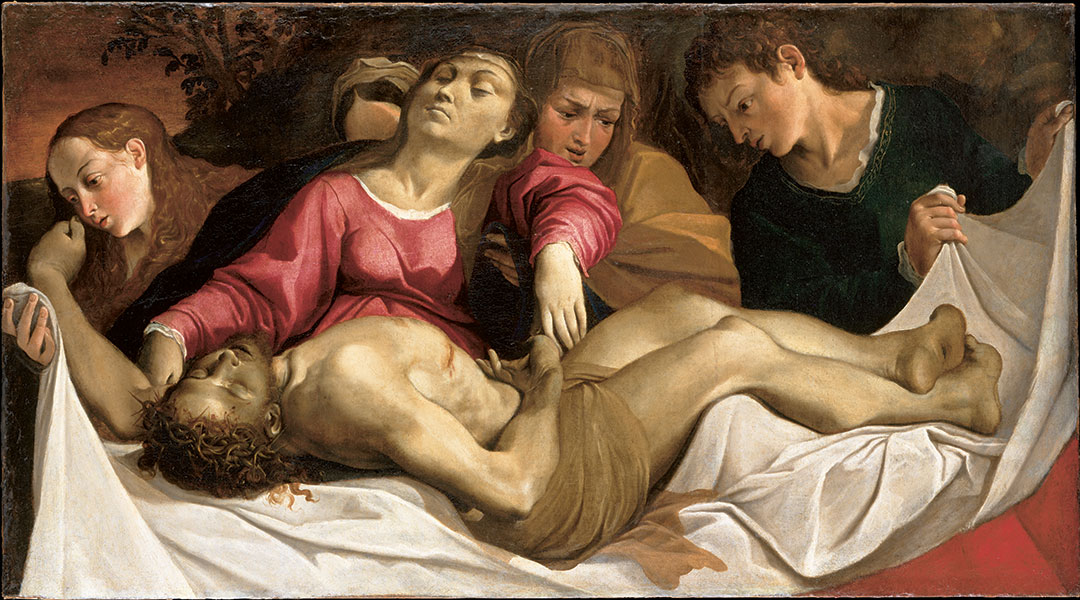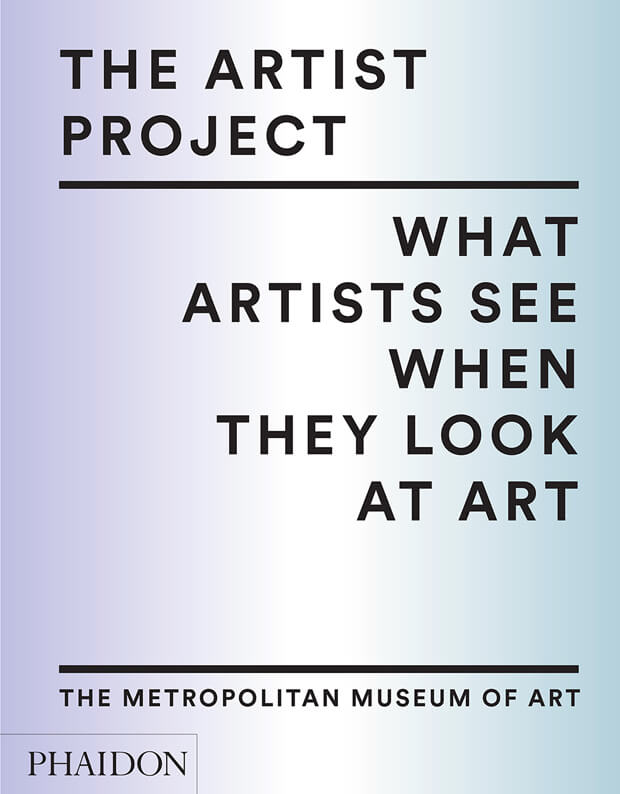
Decoding John Currin’s spooky Thanksgiving
There’s a ghost at the feast in John Currin’s depiction of the American harvest festival
John Currin might be a figurative painter, but he isn’t a realist. “I’m not like Alice Neel,” Currin is quoted as saying in our book Painting Today. “In her paintings you really get the feeling of a particular person. The people I paint don’t exist. The only real thing is the painting.”
That last statement might not be entirely true, since Currin’s wife and fellow artist Rachel Feinstein, often poses for her husband. However, Currin’s 2003 work Thanksgiving, possibly doesn’t depict that seasonal meal in the Currin household.
The painting is a highly stylized picture, for which his wife modeled, in the High Renaissance mannerist style, wherein accurate proportions are abandoned in favour of contorted limbs to express a slightly unsettling sense of balance and beauty.

Currin understands the shortcomings of this style of painting. As he himself says in our book, The Artist Project, “If you actually tried to make a human into a mannerist figure, you’d have to break their bones and twist them and kill them.”
Nevertheless, he appreciates the visual play and engagement the style affords. Currin had abandoned his Thanksgiving painting, and returned to it only when his wife was pregnant with their first child.
With this in mind, it’s not hard to draw parallels between this tradition of giving thanks for the harvest, and Currin’s own position as a happy, expectant father. Yet to focus solely on this celebratory tone is to overlook the spookier elements in the picture. The women look unhealthily waifish; most of the flowers in the table arrangement have wilted; and the turkey has the pale sheen of dead meat.

So the picture is both lively and deathly - and satisfyingly so. In The Artist Project Thanksgiving is reproduced beside an earlier work that Currin admires: The Lamentation (c. 1582) by Ludovico Carracci. Currin says he admires the painting partly because Carracci manages to show a very realistic body of Christ with a more stylized depiction of the mourners.
“As a figurative painter, I’ve had to accept that I will never make a stylistically consistent work of art, so it’s pleasurable to see something similar occurring at the very height of the Baroque,” he says. “Carracci’s made something that has a mysterious physical presence: it’s neither flat nor real and, in a way, is dead and also alive the way Christ is.”

For more on these paintings order a copy of The Artist Project; for more on the meal behind the painting get America the Cookbook.